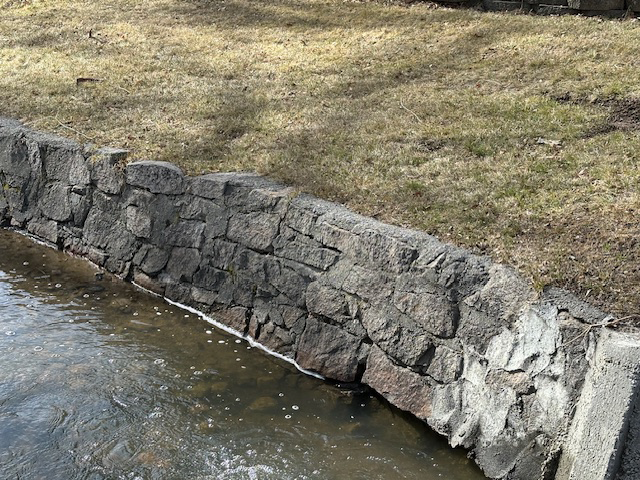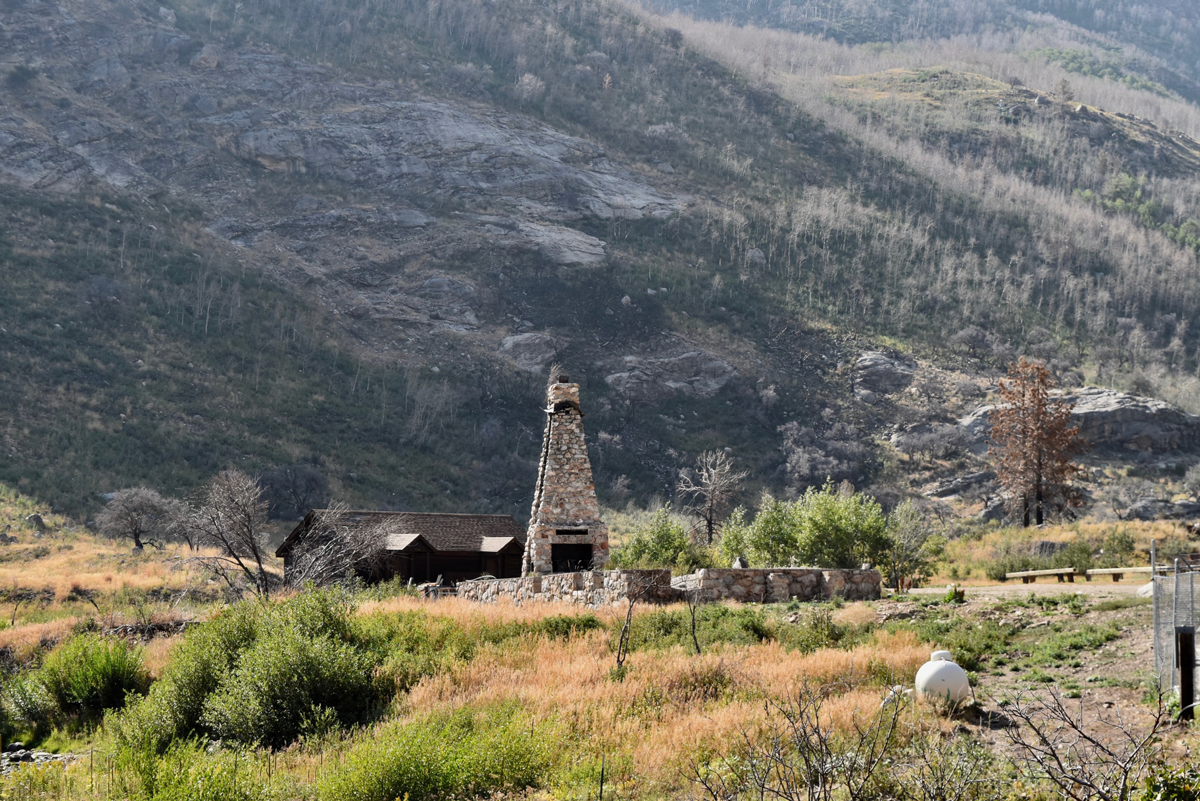Time Travel Tales
Elko’s Rock Walls Legacy
• Written by Jan Petersen •
• Photos Courtesy of Jan Petersen and Northeastern Nevada Museum •
After the stock market crash of 1929, the United States economy spiraled downward worse than any other financial depression in U.S. history. These times were later named the Great Depression. Business closed and others barely hung on. Thousands of people, mostly men, were left unemployed. In 1932, Frankin Delano Roosevelt ran for President of the United States and soundly defeated Herbert Hoover.
Almost immediately, FDR initiated plans for economic stimulus throughout the country. Many were to train people with new job skills. One of the most successful programs of the New Deal was the Civilian Conservation Corp (CCC) which began in 1933. Programs providing conservation work, trade instruction and general education opportunities were provided only to young single men, 17-26, across the nation. (Programs for women were offered in the late 1930s) Enrollees were required to sign up for six-month terms and many reenlisted for the maximum two years’ service. A great number of unemployed men from eastern and southern cities enrolled while much of the conservation work was in the West.
Federal money provided the men’s salaries of $1.00 per day or $30 monthly. Of that money, $25 was required to be sent to families back home with the remaining $5 kept for personal use and expenses.
The U.S. Army was placed in charge of the program. Room, board and medical services were provided. Uniforms issued, one dress and one every day, were issued from World War I army surplus. Initially, housing was in tents and later barracks were built by the CCC workers themselves. Main camps held 250 while some camps with 50 men, were temporary, moving from project to project throughout the area.
Many camps were established throughout Nevada with six established throughout rural Elko County beginning in 1933.
In late 1938 and 1939, the Works Progress Administration partnered with the Civilian Conservation Corps crews for a unique project in Elko. Plans were announced for the construction of rock walls at various locations in Elko. One thousand cubic yards of rock was quarried near Adobe Summit, eight miles north of Elko.
In March, 1939, the project commenced with great success. Plans were made to build 7,200 lineal feet of rock walls on many streets in residential areas including, Juniper, Pine (between Fourth, Fifth & Sixth), on Fourth between Juniper and Court (the highest part of the wall was 18 feet high with a four-foot base) on the north side of Court between 2nd and 3rd, in front of Elko High School and landscaping the grounds and creek banks at the new buildings at Elko County Fairgrounds. The project commenced with only one worker having masonry experience. The crew took instruction in mortar mixing, chipping and fitting in the pieces.
Later, in October, 1,000 linear feet of rock wall was built at Court Street on the south side of Court Street at Third and uphill to Second Street.
Streets along the improvements were improved with sewer man holes, water and sewer lines installed. Gravel was placed and prepared for oiling at a cost of $14,696.11.
Other places in Elko County benefitted from the newly trained and skilled masons. The road to Angel Lake above Wells was improved and a dam built at the lake to enhance recreation at the site. Walls were built in Carlin Canyon along the newly graded Overland Route. The roadway was placed on the old Central Pacific Railroad grade. Barbeques were installed at the Elko City Park which was also created in the mid 1930s and a fireplace at the Elko Girl Scout House was crafted from the same red rock from Adobe Summit. A separate project was the lodge and fireplace at the Scout camp in Lamoille Canyon.


The CCC and WPA programs were considered by many to be one of the most successful of Roosevelt’s New Deal programs. There were more than three billion trees planted and trails constructed in Nevada and nationwide during its nine years of existence. The CCC helped to shape the modern national and state park systems we enjoy today.
Today, the walls are often locations for individual and family portraits-enjoyed and admired by all. Some need a little tender loving care after 86 years. Occasionally, there is a car crash into one of the walls. Modern day skilled masons are then called in to clean off the old mortar and the 1939 rocks are replaced into their original locations. More than 86 years later, Elko’s rock walls landmarks in the heart of town are an enduring legacy and tribute to these men.